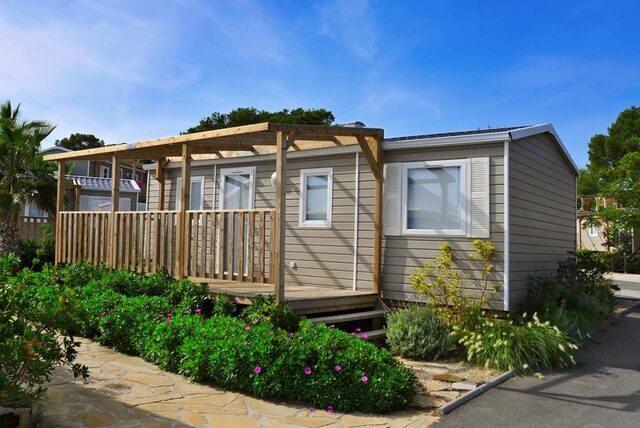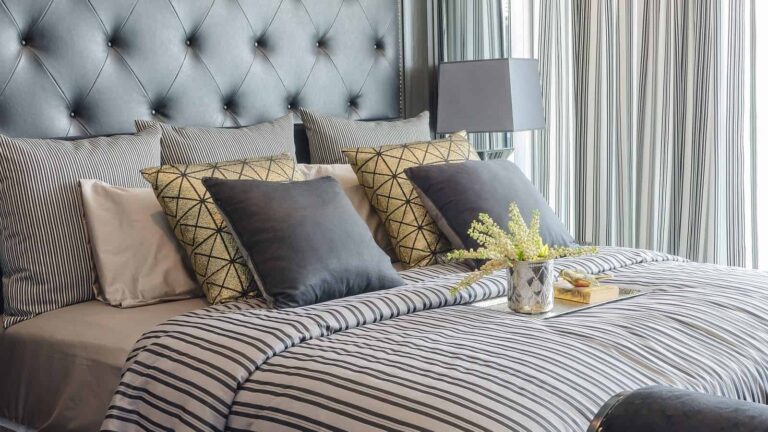Your Sustainable Home Design Guide Materials, Technologies, and Best Practices
Do you have the itch to get building a green home but don’t know where to start? Or do you already have a building design you’re working on and want it to be as sustainable as possible?
Creating a sustainable home that also looks great and is energy-efficient can be achieved through materials, technologies, and practices.
In this guide, you can learn some of the things you need, in no particular order. These are sustainable home design materials you can choose from when you are designing the home of your dreams.
Sustainable Materials in Home Design
Using materials such as bamboo, cork, wool, and recycled materials can help create a more sustainable home.
Bamboo is a sustainable material that can be used in flooring, furniture, and cabinetry. It is a fast-growing grass that does not require pesticides or fertilizers to grow. It is also durable and moisture-resistant.
Cork is another sustainable material that can be used in flooring, walls, and ceiling tiles. Cork is a sustainable material because it is harvested from the bark of cork oak trees. Cork is a renewable resource and is also biodegradable.
Additionally, wool is a sustainable material that can be used in carpets, rugs, and upholstery. It is also a natural insulator, making it a good choice for sustainable home design.
Technology in Sustainable Home Design
Technology is an important part of sustainable home design. By using energy-efficient appliances and materials, we can save money and decrease our reliance on fossil fuels.
Technologies such as solar panels can help us generate our own electricity, and grey water systems can help us recycle water for use in the home.
If you are looking for quality solar panels, check out Blue Raven Solar.
Best Practices for Sustainable Home Design
The first step is to assess your home’s current performance and identify areas for improvement. This can be done through a home energy audit or by simply conducting a walk-through of your home and noting areas where energy is being wasted.
Implementing strategies to reduce energy consumption can help save money and reduce your home’s carbon footprint. And of course, water conservation is an important part of a sustainable home. The use of water-efficient fixtures and appliances can help reduce water use in the home.
The best way to ensure your home design as sustainable as possible is to work with a qualified sustainable home designer or architect. They will be able to help you select the most appropriate materials and technologies for your home and ensure they are integrated into the design in an efficient and effective way.
Choosing a Sustainable Home Design
There’s a lot to consider when planning a sustainable home, but the results are worth it. With careful design and the right materials and technologies, your home can be both eco-friendly and stylish.
Use this guide to find the best practices for a sustainable home design that suits your needs.
Did you find this article helpful in any way? Check the rest of our blog for more related content.







